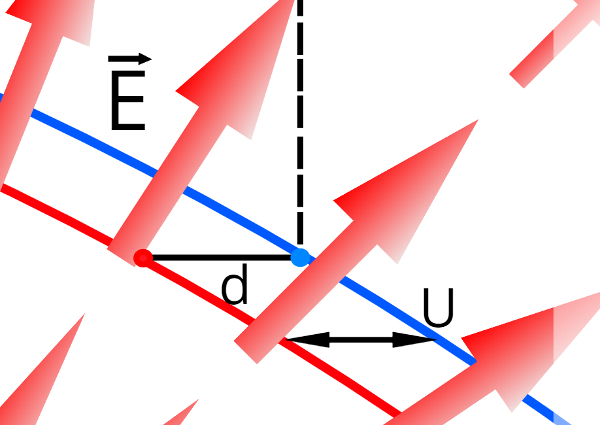O absolute zero is the lower limit of temperature in nature, that corresponds to the lowest possible temperature to be reached and equals – 273.15 °C or 0 K. It should be remembered that there is no upper temperature limit, and the existence of extremely high temperatures is entirely possible. The temperature of the core of the sun, for example, is approximately 15 million degrees Celsius.
The definition of absolute zero was made by William Thompson, known as Lord Kelvin. The scientist realized that when a gas undergoes a isovolumetric cooling (with constant volume) from 0 °C to – 1 °C, to pressure was decreased by about 1/273 of the initial value. Therefore, Lord Kelvin understood that by taking the gas temperature up to about – 273 °C, the pressure should decrease as much as possible and, consequently, the movement of the particles that make up the gas would cease. For this temperature, the scientist determined the value 0 K, the temperature at which molecular agitation is stopped.
Do not stop now... There's more after the advertising ;)
Reaching absolute zero
For a long time, the temperature corresponding to absolute zero was considered unattainable. However, scientists at Ludwig Maximilian University in Germany have managed to prove that this temperature can be reached and even exceeded. This can be done using a supercold gas made of potassium atoms. In addition to developing the study of quantum materials, this gas behaves like dark energy and can help science understand the origin and evolution of the universe.
Supercooling Effects
When objects reach very low temperatures, close to absolute zero, they are basically subjected to three effects:
Superconductivity: The material starts to present practically zero electrical resistance.
Superfluidity: Free movement of a fluid, which can even climb the walls of a container, defying the force of gravity.
Bose-Einstein Condensation: Bose-Einstein condensate is a physical state of matter in which a body formed by several particles would act as a single atom.
By Joab Silas
Graduated in Physics
Would you like to reference this text in a school or academic work? Look:
JUNIOR, Joab Silas da Silva. "What is absolute zero?"; Brazil School. Available in: https://brasilescola.uol.com.br/o-que-e/fisica/o-que-e-zero-absoluto.htm. Accessed on June 27, 2021.


